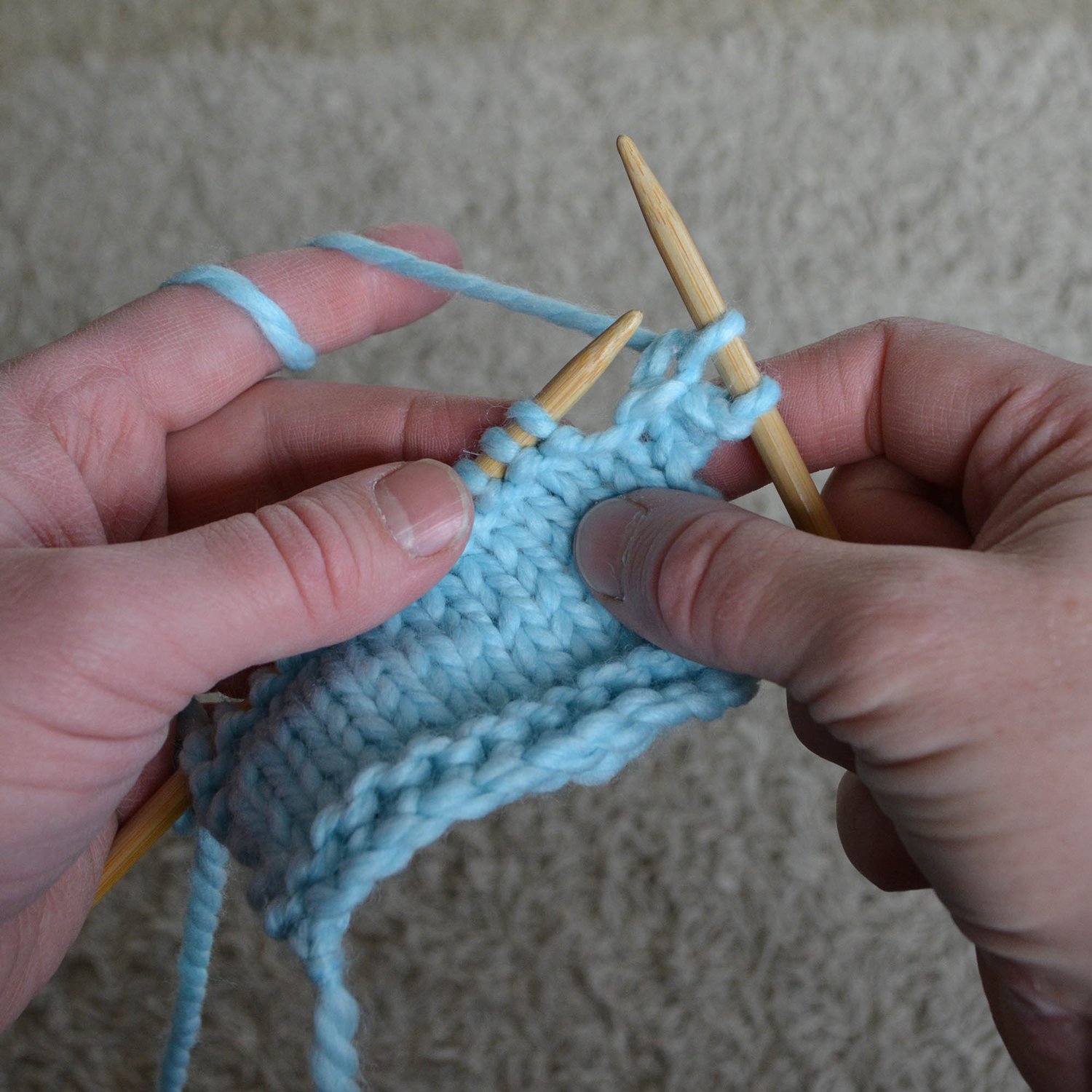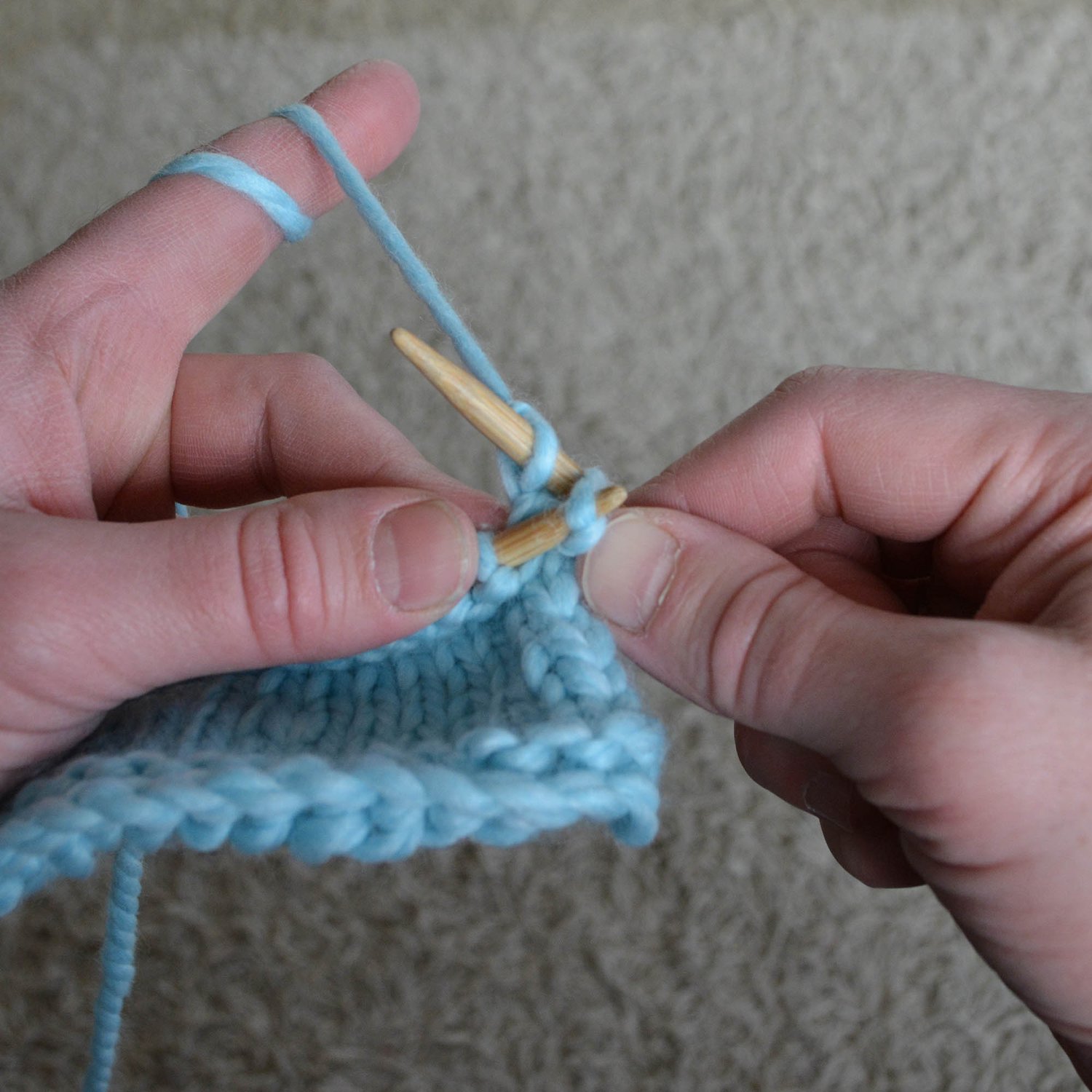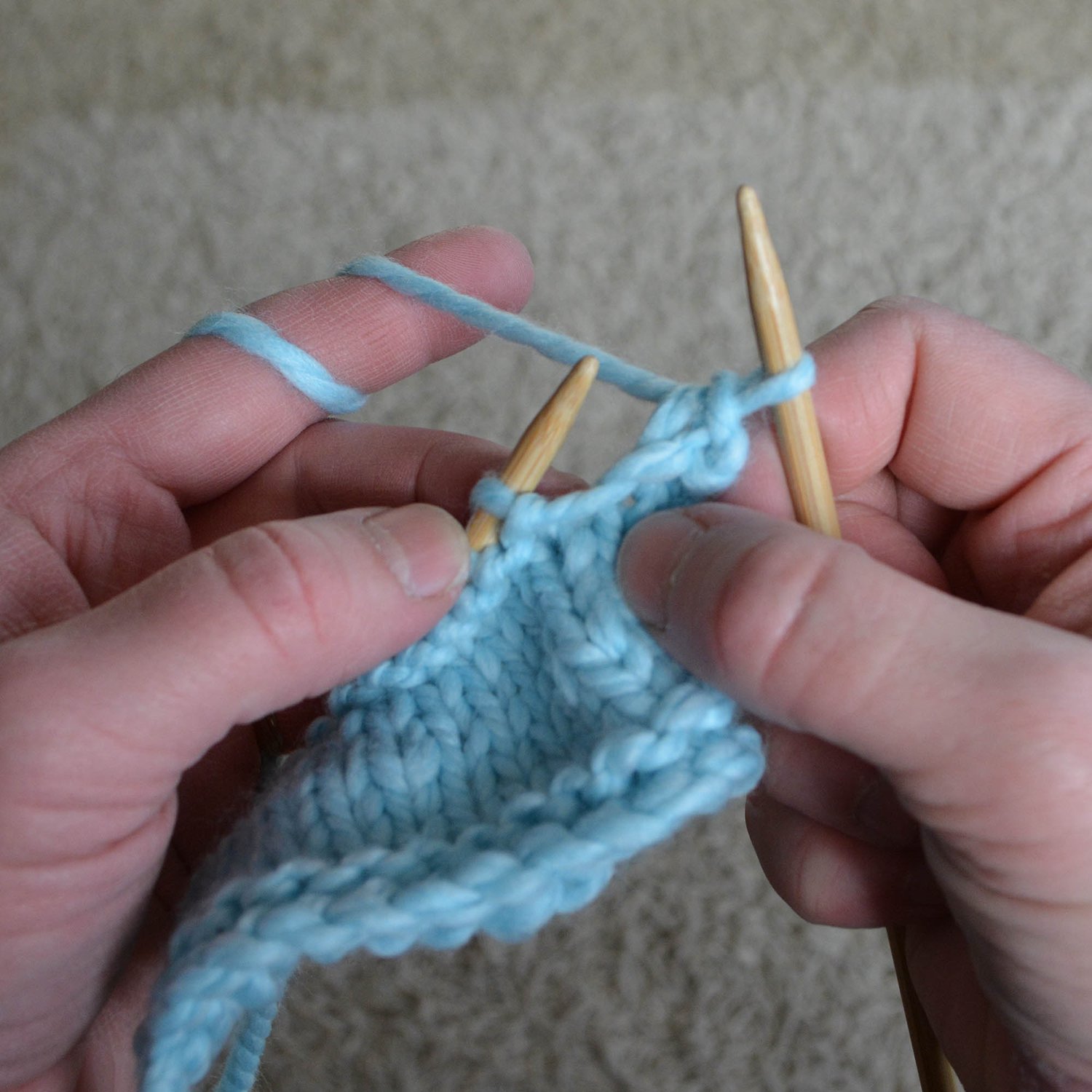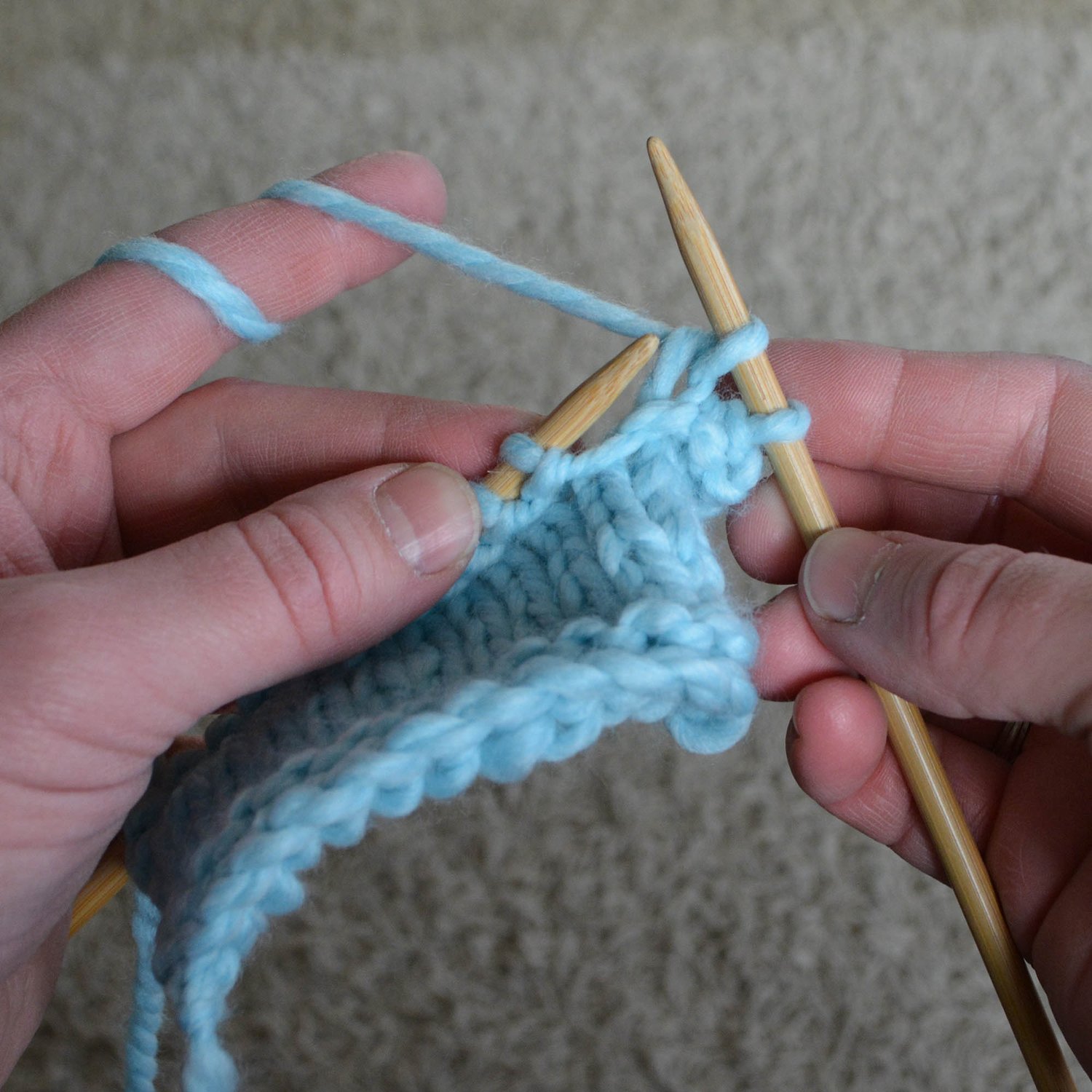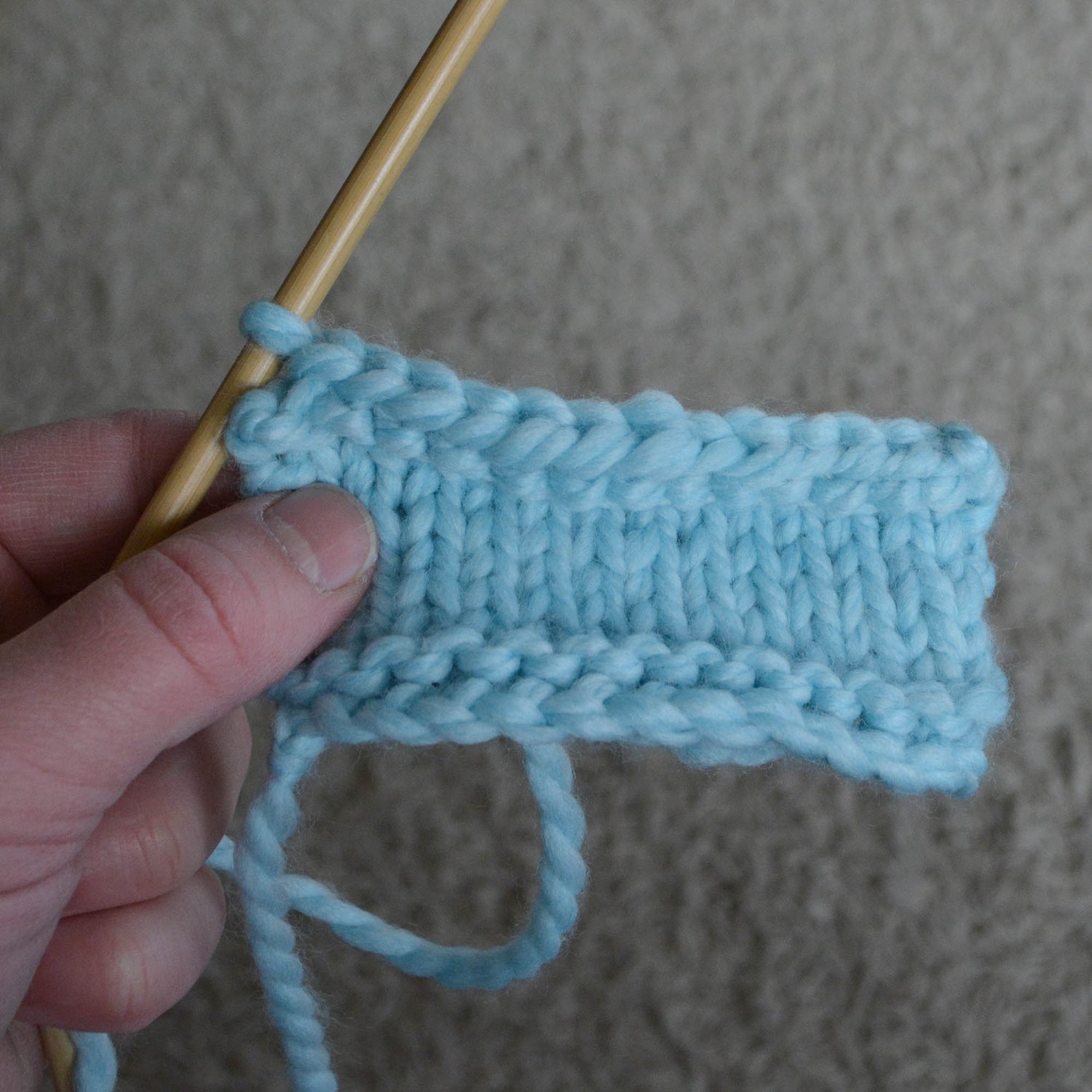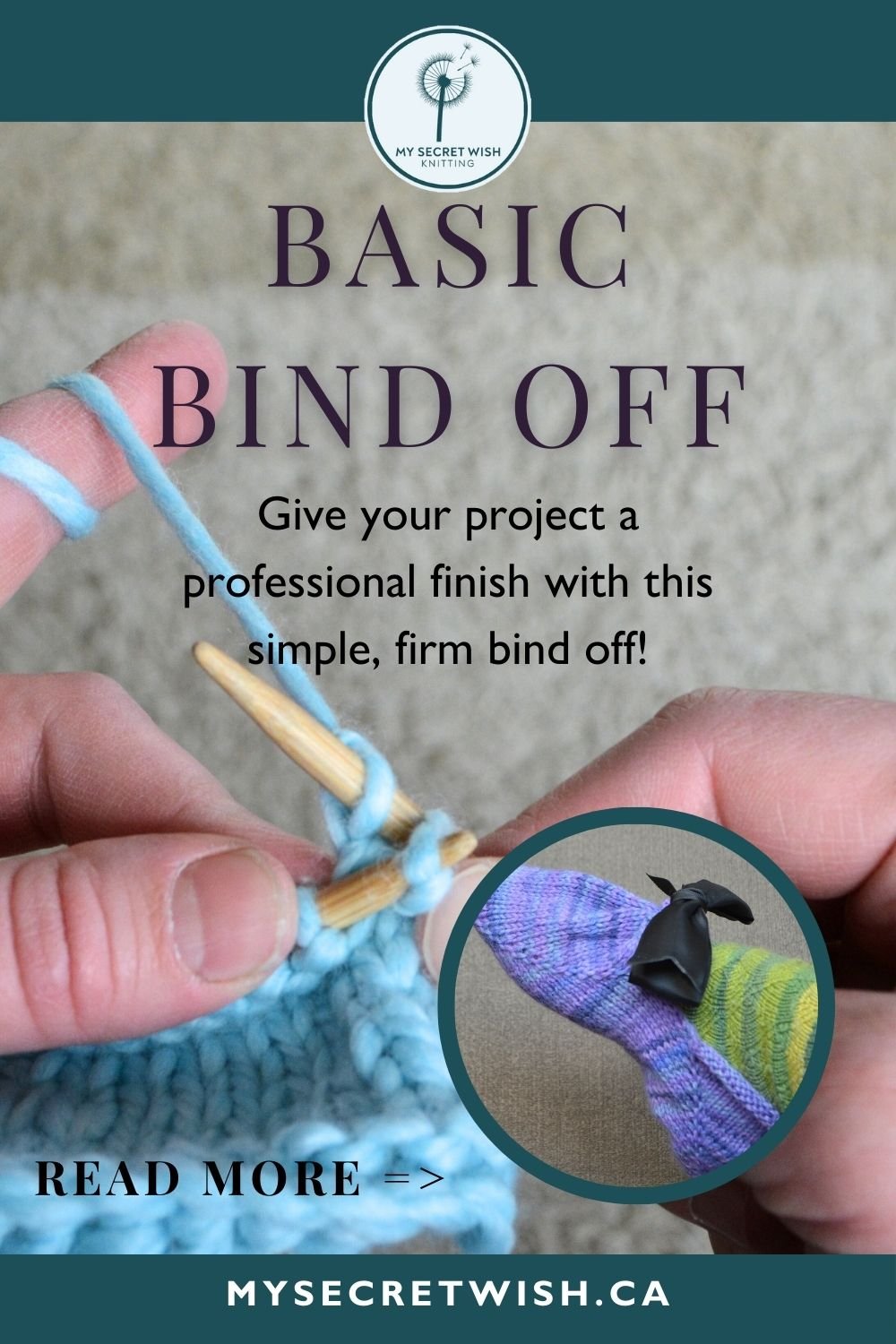
Basic Bind Off
The go-to bind off for firm edges.
The most common way to finish a piece, this bind off (or cast off) creates a firm, non-stretchy edge. Be sure to bind off loosely (don’t snug up your stitches too much as you work, and in fact leave a little more yarn in each stitch than you think necessary) so that the edge doesn’t pull in. If your edge is narrower than the work, you will need to pull the bind off out and start again.
If you’re not sure which bind off to use for a project, use this one.
Characteristics: Firm, non-stretchy
Good for: Shoulders, places where structure and stability are required such as the edges of shawls or dishcloths.


